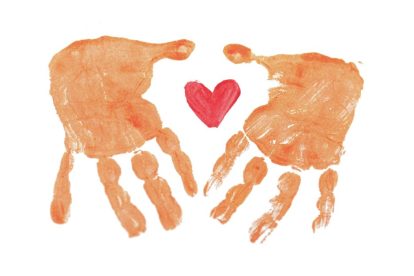Digital Edition
More than one kind of mother
Lessons from my first foster daughter
When I dreamt of becoming a mother, I never imagined parenting in strings of broken Spanish. In fact, my linguistic understanding of it was limited to a dusting of vocabulary and classes for beginners at a community college. Little did I know that my initiation into parenthood would hinge on embracing Latino/a culture and the beauty of the Spanish language.
It had been a trying year in both my personal life and our nation’s politics. Within a few short months I had undergone two surgeries to diagnose and remove endometriosis and an ovarian wedge resection to address polycystic ovary syndrome. After the second surgery, my desire for children had been exhausted with despair and uncertainty.
Simultaneously, the political climate in our country was divisive. Immigration policy was an especially charged debate as families were systematically separated at our borders. As I sat in the doctor’s office pondering the realities of my empty womb, children seeking asylum waited in detention facilities. These two realities would soon collide in a very unconventional invitation to motherhood.
The day we first heard about a foster care program called Refugio, I sat spellbound by the opportunity unfolding before me. I realized I was experiencing a cautiously blissful reunion with an old, abandoned friend: hope. Refugio offered short-term placements for unaccompanied minors at the border. It needed foster parents to step forward until reunification with the child’s family was possible. My heart skipped a beat as I imagined the distant possibility of small feet padding through our home. I turned to my husband, David, and prayed that speaking the words out loud would not snap the tender web of hope being spun in my heart. “I want to do this,” I whispered.
During an informational session later that month, my husband and I were briefed on the program logistics. We quickly understood the reality that made us, quite possibly, the least qualified family in the room: the language barrier. Because the children in this program were seeking asylum from various countries in Central America, Spanish was their primary language. Explaining our very limited Spanish, we asked whether we should even apply. Ultimately, we were told that the need was great and we should proceed if we were interested.


